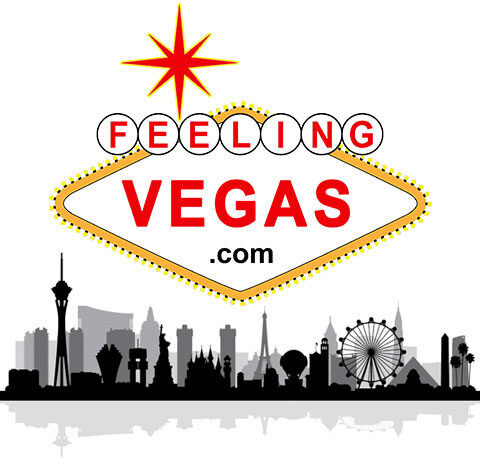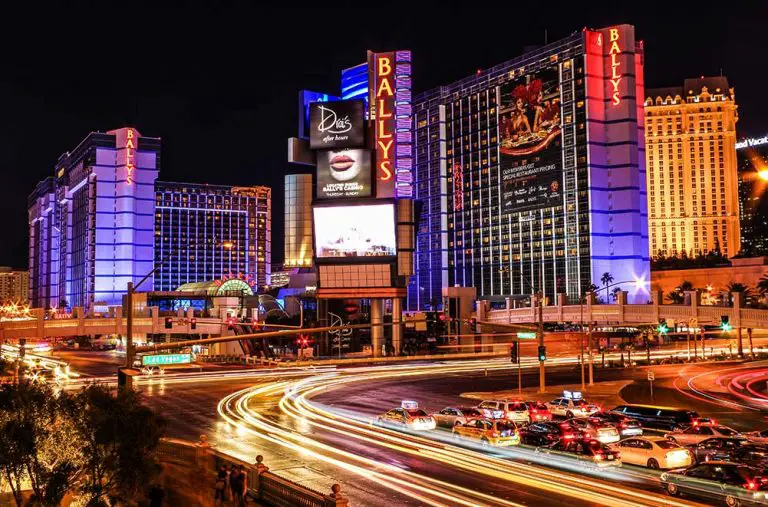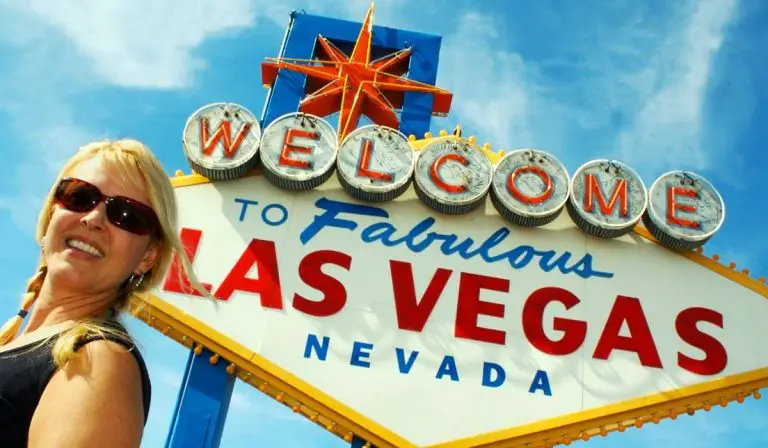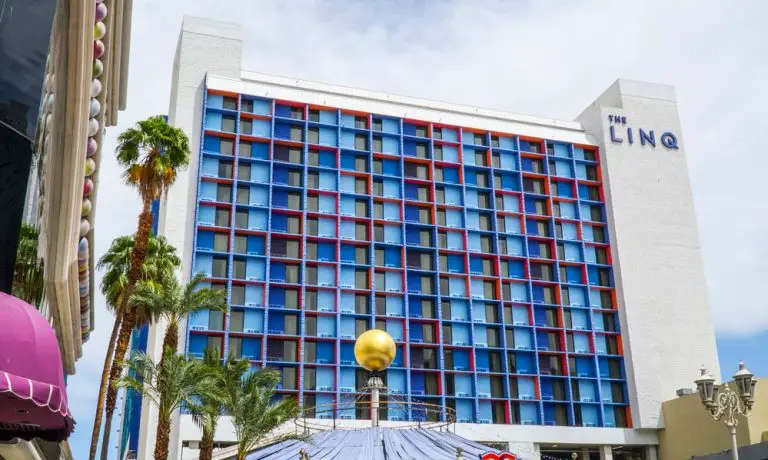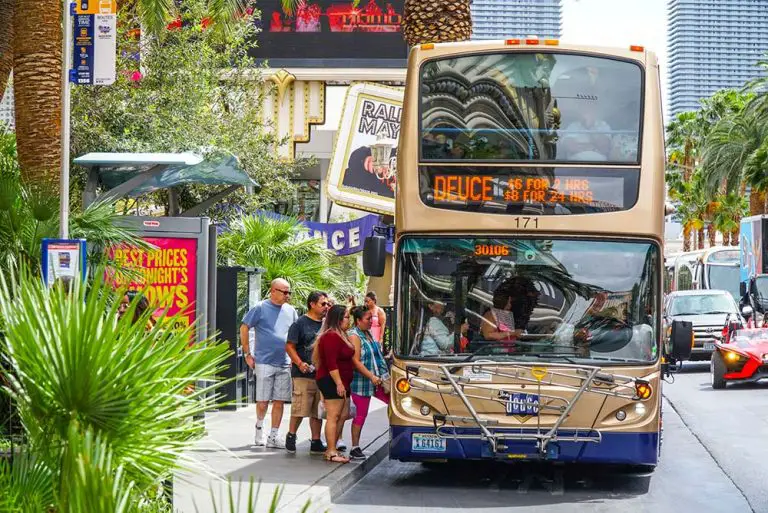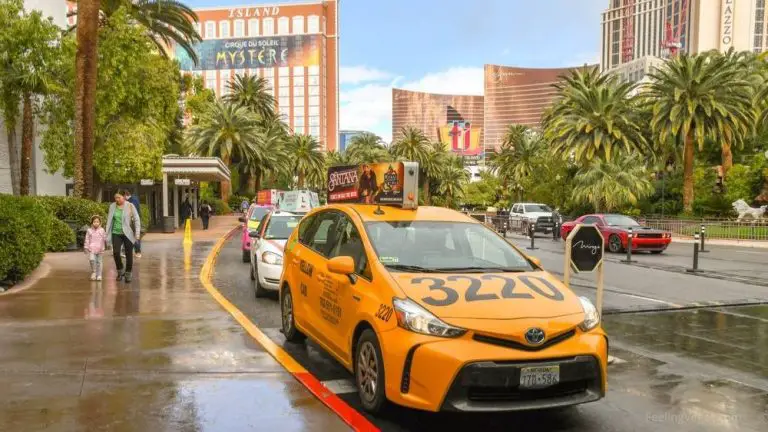Is The Las Vegas Monorail Worth It? (What You Need to Know)
Having opened in 2002, the Las Vegas monorail system has carried more than 90 million riders to date. It’s incredibly popular, but when you look at the rest of the story, is Las Vegas monorail worth it?
The Las Vegas monorail was built to replace traditional taxis and personal vehicles on the strip to improve both personal experiences and the environmental impact of the city. While it does accomplish some of these goals, the LV monorail is only worth using in very specific circumstances.
Here’s what you need to know about whether or not the Las Vegas monorail is worth using, both on a large scale and on a personal level.
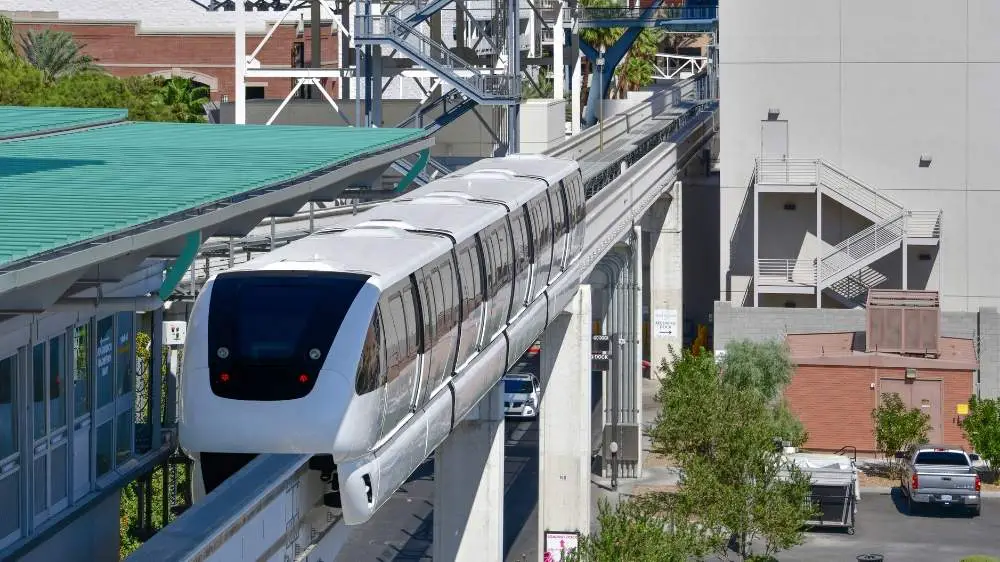
The Purpose of The Las Vegas Monorail
According to the monorail service, the purpose of the Las Vegas monorail system is to offer tourists and residents alike a safer and more efficient means of transport up and down the famous Las Vegas strip.
The car traffic in Las Vegas is notoriously bad; there are far too many cars on the road, constant construction, accidents, breakdowns, and many other factors that need to be accounted for when making travel plans in the most popular part of the internationally renowned city.
The monorail aims to eliminate the hassle that comes with navigating this traffic by bypassing it completely. The Las Vegas monorail runs on its own, completely separated track off the main strip. It also runs on a regular schedule with few if any breakdowns or delays. This should make it easier to plan a trip or get to a diner reservation on time.
Additionally, the Las Vegas monorail aims to reduce the carbon footprint of the city. The system is completely electric, running under its own power and using regenerative braking – meaning, the cars of the monorail reuse stored electricity from when they slow down – to eliminate fossil fuel use.
The system also encourages mass public transit over individual vehicles, pulling cars off the road and helping to reduce the issues with traffic at the source by providing a relatively cheap alternative.
RELATED: How to Get Around Las Vegas Without a Car [Ultimate Guide]
How The Las Vegas Monorail Performs
In theory, the Las Vegas monorail is an ideal solution to a long-standing problem in the city. But how does it stack up in real life? Is the Las Vegas monorail worth the cost of its construction and upkeep?
The Pros of The Las Vegas Monorail
The Las Vegas monorail does accomplish quite a lot of what it set out to do, meaning that it can very much be a worthwhile investment for some visitors to Las Vegas.
First, the monorail itself is significantly safer than navigating on foot. Its raised track off the main strip is less susceptible to petty crime like pickpocketing and more serious issues such as mugging. Its stations are well lit and constantly monitored, leaving little room for insidious activity.
Second, the system is actually remarkably environmentally friendly. According to the service, the Las Vegas monorail has helped to remove the equivalent of 2.1 million vehicle miles from Southern Nevada’s roadways. They have also removed more than 27 tons of emissions annually.
Third, fairs for riding the monorail are cheap. A one-ride ticket costs $5, no matter how far down the track you go, but they also have daily passes for frequent riders starting at only $13. Additionally, there are discounts for Nevada residents and large groups of people.
You can get Las Vegas monorail ticket and pricing information here: How Much is it to Ride the Monorail in Las Vegas? (Discounts!)
The Cons of The Las Vegas Monorail
Unfortunately, the Las Vegas monorail train service isn’t the perfect public transport option that it would like to be. There are some glaring issues with the service.
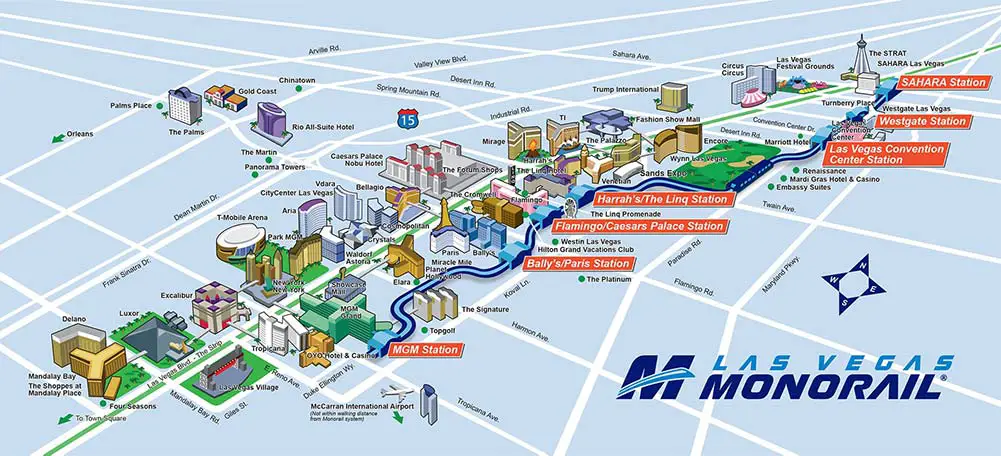
First, the placement of the monorail itself can be remarkably inconvenient. The monorail track is on the East side of the strip, meaning that in order to get to it from the west side at all, you’re going to be crossing the busy traffic of Las Vegas Boulevard.
Beyond that, the monorail is so far behind the hotels on the east side that it can take longer to walk to the nearest monorail station and take the train than it would to simply walk or take an Uber to your destination. It can also be unsafe to make these trips at night, as the alleys leading to the trains are hotspots for crime.
Second, while the tickets are cheap, they are also incredibly limited. There aren’t ticket booths at every stop (most notably absent from the Las Vegas Convention Center station). Tickets that are folded, bent, or damaged in any way will not work at the kiosks and cannot be refunded.
The number of tickets you can buy using discounts is also very limited; the resident discount prevents you from getting more than one 20-ride ticket in a ten-day period.
Finally, the LV monorail doesn’t go to downtown Las Vegas or Fremont Street. In fact, it doesn’t even go to and from the Las Vegas airport. So, the bottom line is that the areas where the monorail runs are fairly limited and not convenient for every trip a rider is looking make.
RELATED: Ride The Deuce to Explore the Strip & Downtown (Cost & Route)
Is The Las Vegas Monorail Worth it For Tourists?
The users of the monorail seem to find it to be worth the money put into it. Many riders of the attraction compliment the service on its cleanliness and reliability, commenting that the ticket machines are easy to use and that the rides are smooth and consistent.
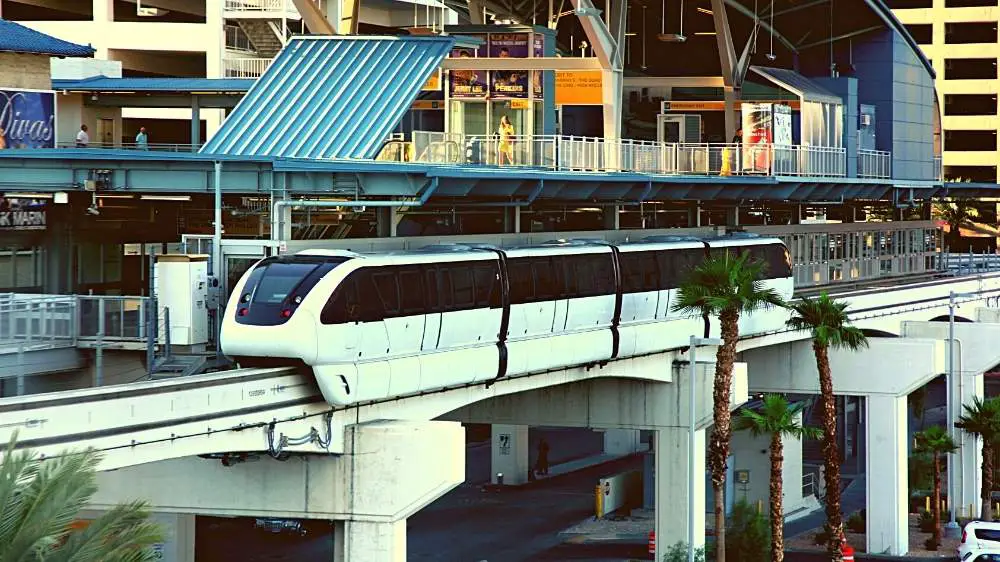
In addition, it’s a fun and novel way to get up and down Las Vegas Blvd if you’re staying near a station. For those attending conventions at the Las Vegas Convention Center it can be quite convenient if you’re staying at a hotel with a monorail station.
Still, there are quite a few people who lament the lack of accessibility to the monorail for those not staying in one of the four hotels that are home to a monorail stop and that buying a one-trip ticket isn’t really worth $5 during the day when you could walk the distance just as easily.
So, it seems that the Las Vegas monorail is worth the cost if you are staying on the East side of the strip, especially if you’re staying in a hotel with a dedicated stop and planning to do a lot of traveling up and down the strip. Otherwise, it may be more economical to simply walk.
In terms of the larger environmental impact, the monorail is taking mass transit in the right direction by providing a convenient, safe, and efficient alternative to taxis and personal vehicles, but has a long way to go before it becomes universally practical enough to inspire monorails elsewhere around the country.
Las Vegas Monorail Stations
The Las Vegas monorail makes seven stops at stations up and down the east side of the strip. The following is where you’ll find the monorail stations:
- Sahara Las Vegas (formerly SLS)
- Westgate Station
- Las Vegas convention Center Station
- Harrah’s / LINQ Station
- Flamingo / Caesars Palace
- Bally’s / Paris Las Vegas
- MGM Grand Station
The stations are generally on the back side of the hotel. Unfortunately, this means that there is still a lot of walking needed if you plan to cross to the other side of the strip.
Las Vegas Monorail Hours
Las Vegas monorail hours are as follows:
- Monday: 7 am until midnight
- Tuesday, Wednesday & Thursday: 7 am till 2 am
- Friday, Saturday & Sunday: 7 am until 3 am
Conclusion
The Las Vegas monorail is essentially an experiment in new methods of mass transit in the United States, and like any experiment, the results are mixed.
With growing concerns about environmental impact making their way to the front of public consciousness, having an electrically-powered system to replace fossil-fuel reliant technology seems like a dream.
As with any other innovation, however, the monorail is experiencing some growing pains. It’s a futuristic system working in an old infrastructure world, so it’s difficult to make the system as efficient as they would like to.
It may be extremely limited today, but with development over time and improvements to the system, it can become exactly the kind of alternative transportation that Las Vegas, and the wider United States, needs.
